3D Printing Service
Create and customize. Streamline and save. Break down design barriers and scale your business with Xinjuexin mold 3D printing services.
Our 3D Printing Processes
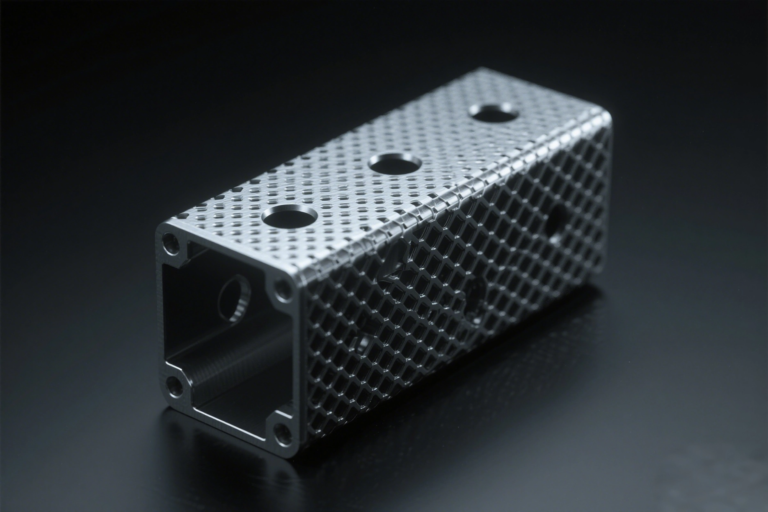
Stereolithography (SLA)
High – precision, production – ready 3D printing tech. Crafts detailed models with smooth surfaces, perfect for fine – tuned prototypes and end – use parts.
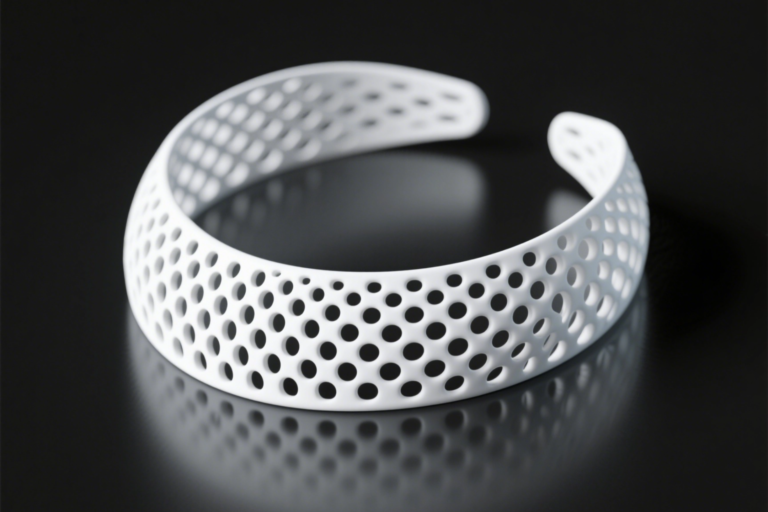
Selective Laser Sintering (SLS)
Tailored for functional testing. Handles low – to – mid production runs, turning powdered materials into sturdy, complex components.
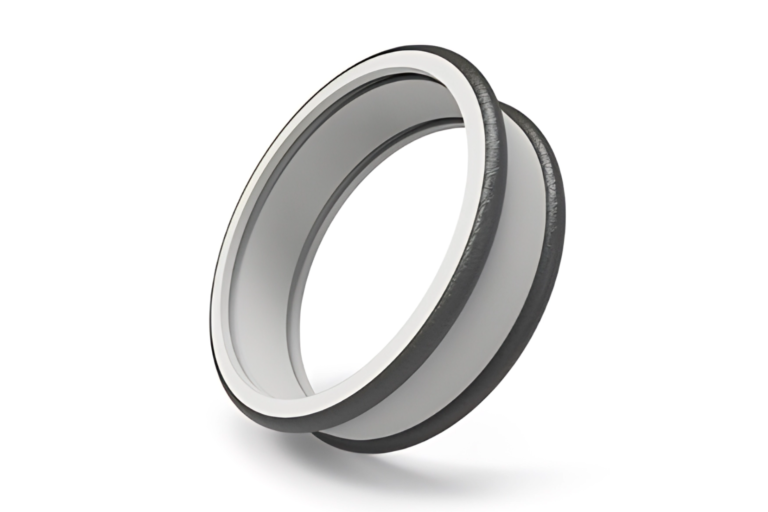
PolyJet
A go – to for lifelike visual models and functional prototypes. Layers multiple materials for realistic textures and details.
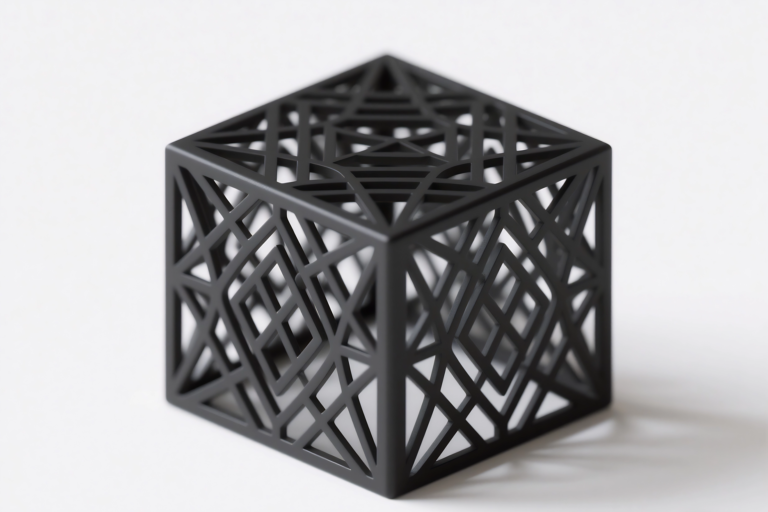
Multi Jet Fusion (MJF)
Speed up product launches! Delivers production – grade 3D prints fast, balancing quality and efficiency for rapid iterations.
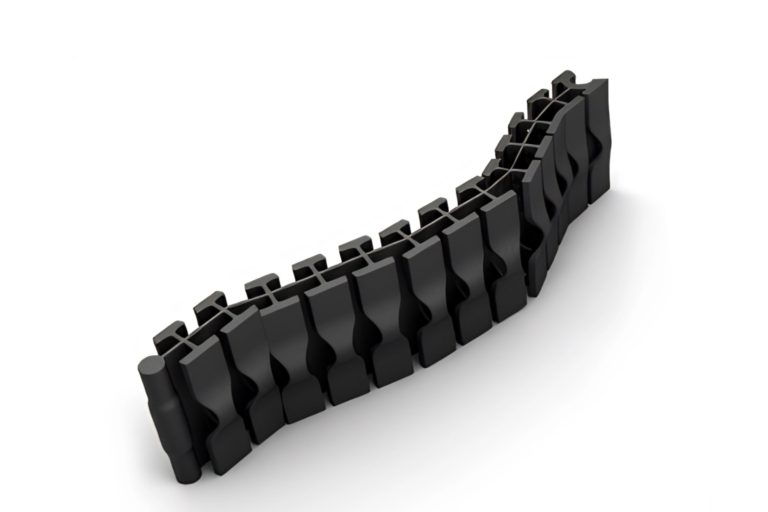
Digital Light Synthesis (DLS)
Boost production speed and consistency for end – use parts. Uses light – based tech for precise, repeatable prints.
3D Printing Materials
| Aluminum | PA (Nylon) |
| Copper | Polycarbonate |
| Stainless Steel | Polypropylene |
| Titanium | Digital photopolymer |
| ABS | TPU |
3D Printing Post Processing
Post – processing boosts 3D print look and function, giving smoothness, color, or durability. Great for visible/functional parts; skip for rough, internal prototypes.
As-machined
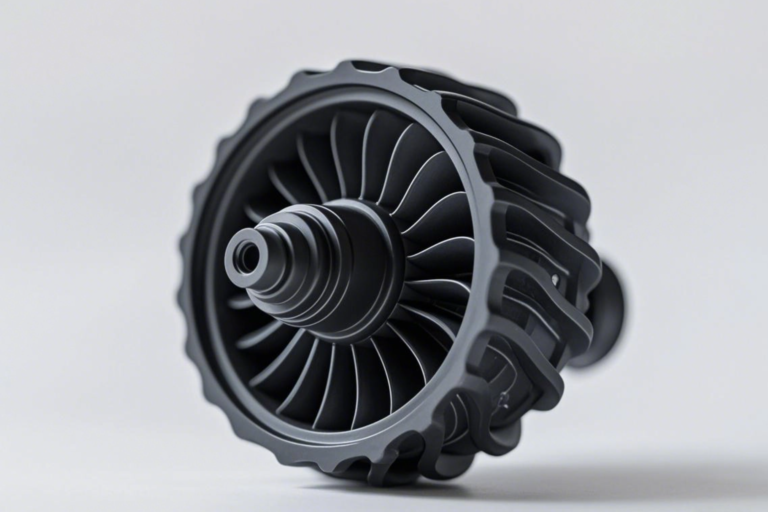
For functional prototypes/internal parts, no aesthetics needed.
Painting
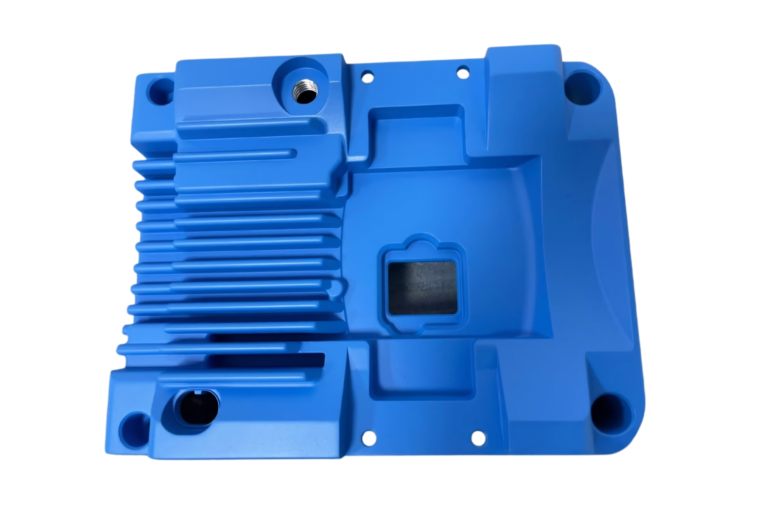
Boosts visual appeal, durability with colors & protection.
Polishing
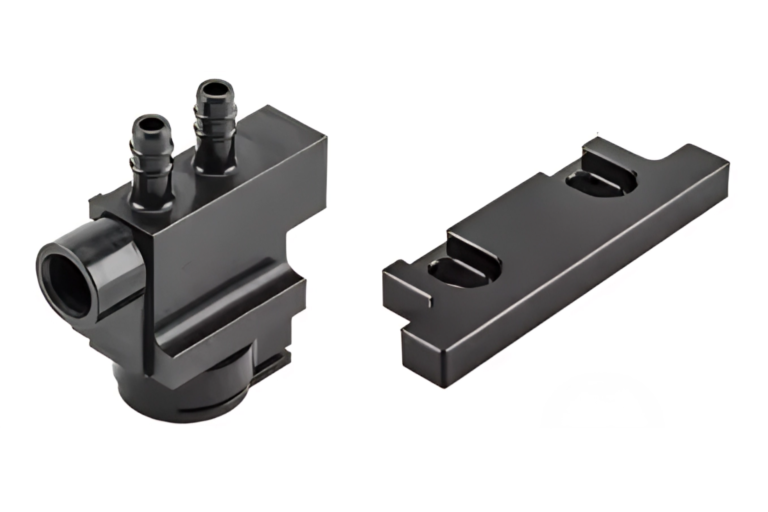
Smooths rough surfaces for visible parts’s better look.
Electroplating
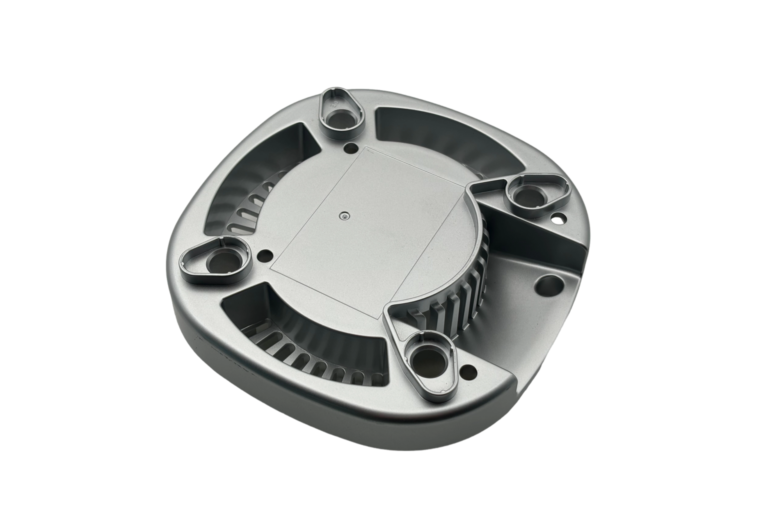
Adds metal coating for strength, wear – resistance, conductivity.
CNC Machining For Various Industries

Toys

Automotive

Aerospace
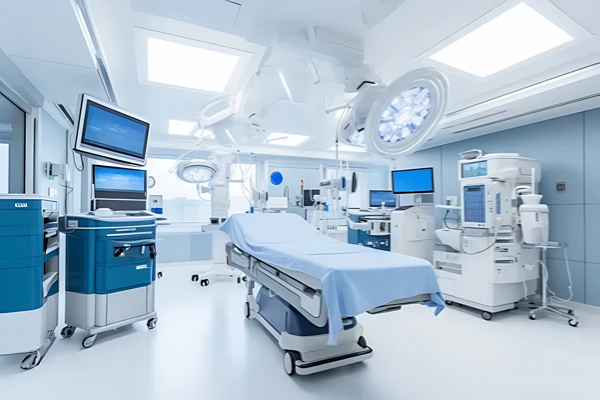
Medical Devices

Robotics

Industrial
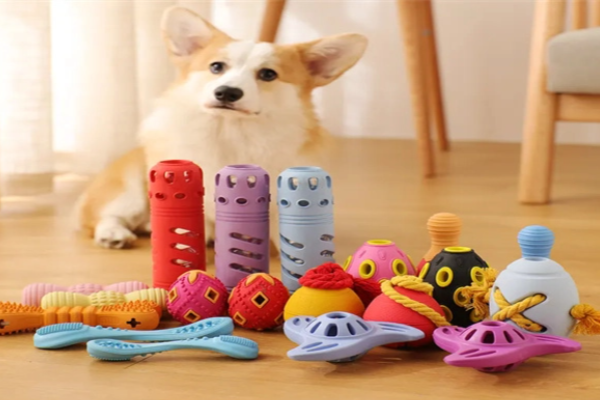
Pet

Fitness Equipment
3D Printed Parts Made by Xinjuexin
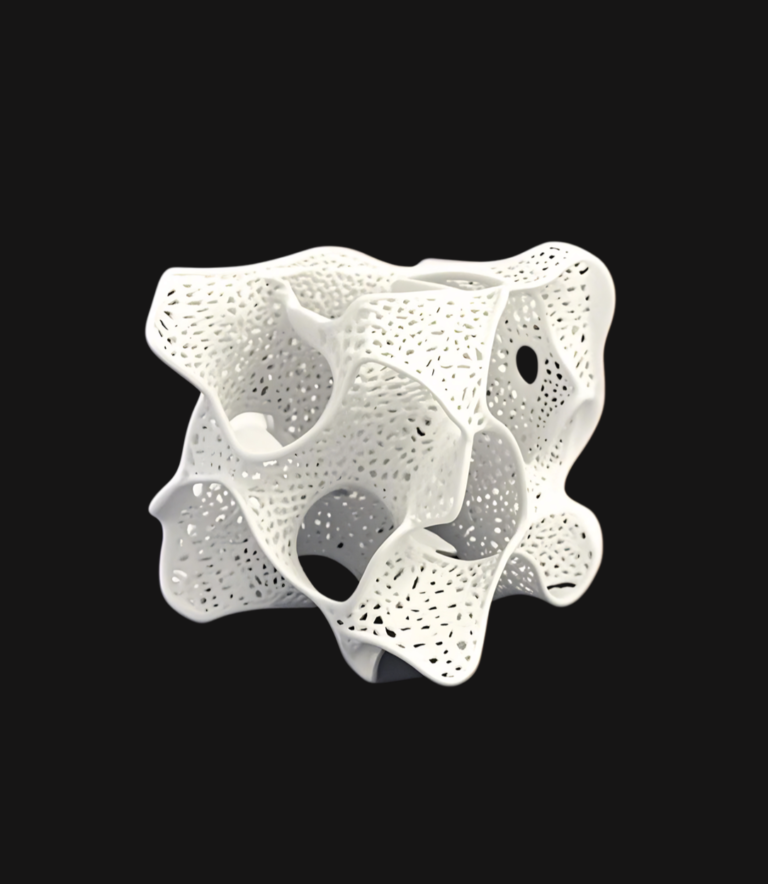
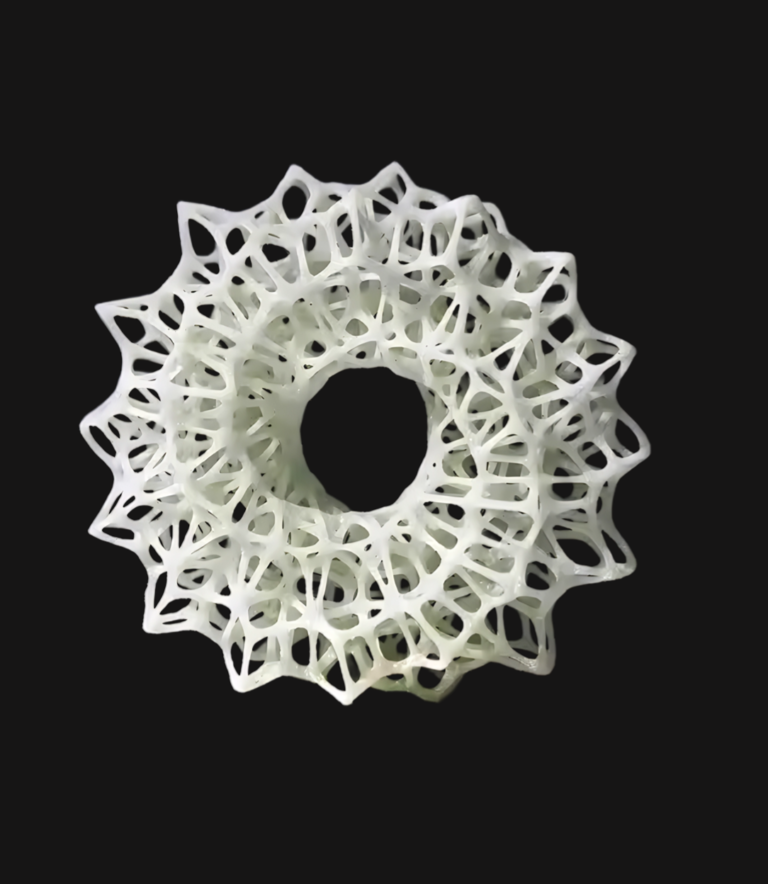

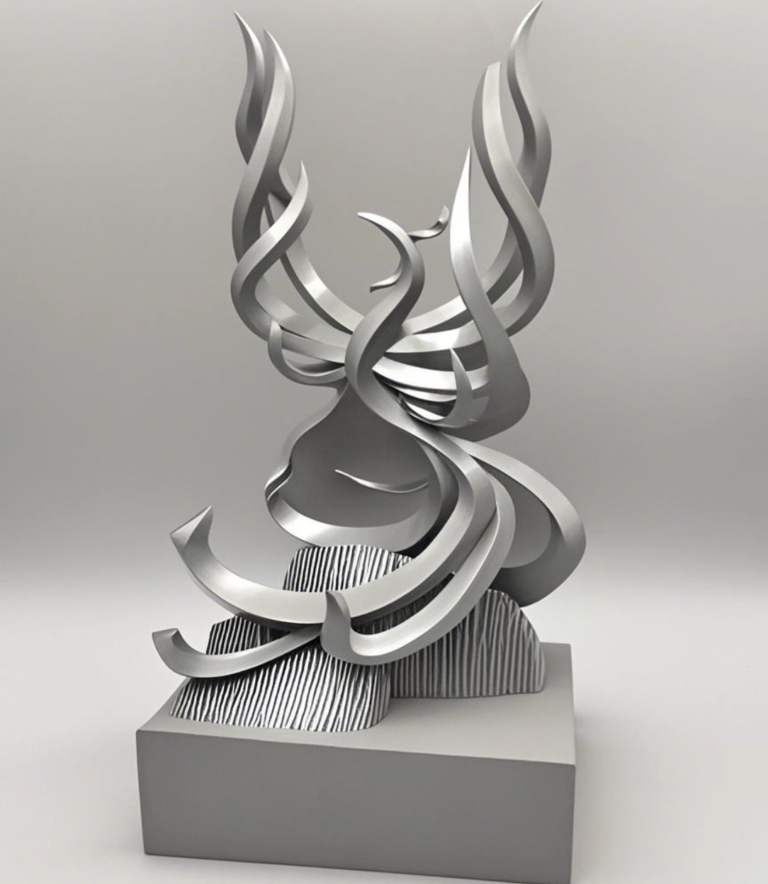
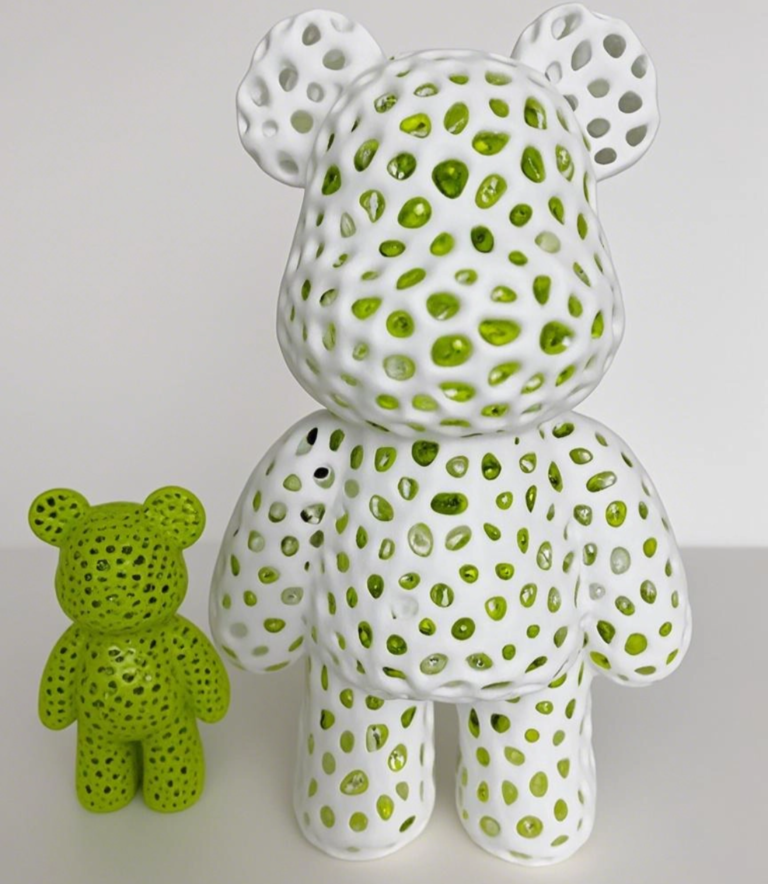
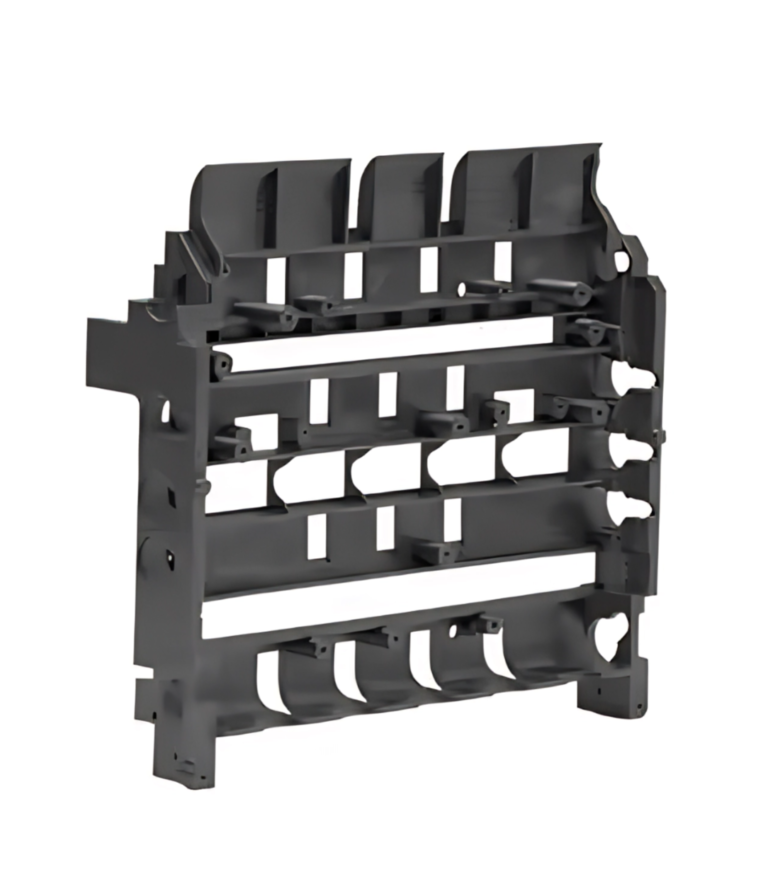
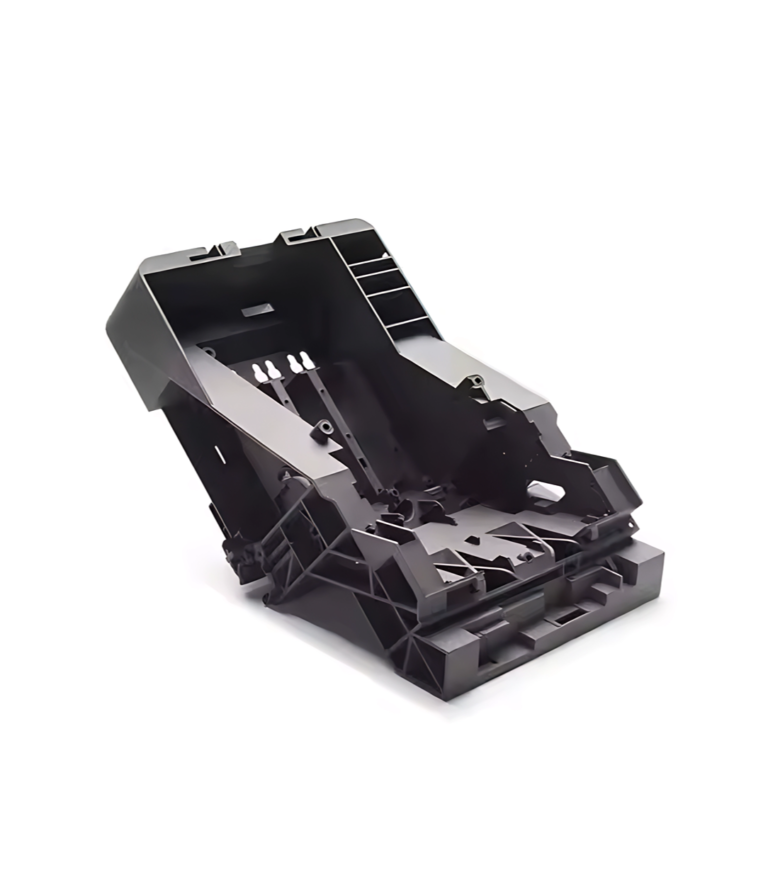
3D Printing FAQS
We offer a wide range of materials, including PLA, ABS, resin, nylon, TPU, and metal alloys. The best choice depends on your project’s strength, flexibility, and finish requirements.
Yes, we support multi-color and multi-material 3D printing using technologies like Polyjet and advanced FDM.
Yes, we offer sanding, painting, polishing, and assembly to enhance the appearance and functionality of your parts.
Standard orders take 2-5 days, but rush services are available for urgent projects.
Yes, we support both prototyping and mass production with industrial-grade 3D printers.
Upload your file, and our engineers will check for wall thickness, overhangs, and other critical factors.
Absolutely! We use durable materials like nylon, carbon fiber, and metals for end-use components.
Yes, our team can refine your design for better printability, strength, and cost efficiency.
We work with aerospace, automotive, medical, consumer goods, and more.
Upload your 3D file on our platform, and we’ll provide a free quote within hours.
